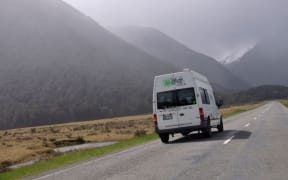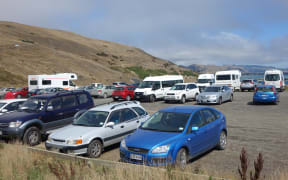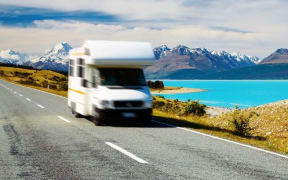Critics of Government plans to reduce deaths on South Island tourist routes say measures need to go further.
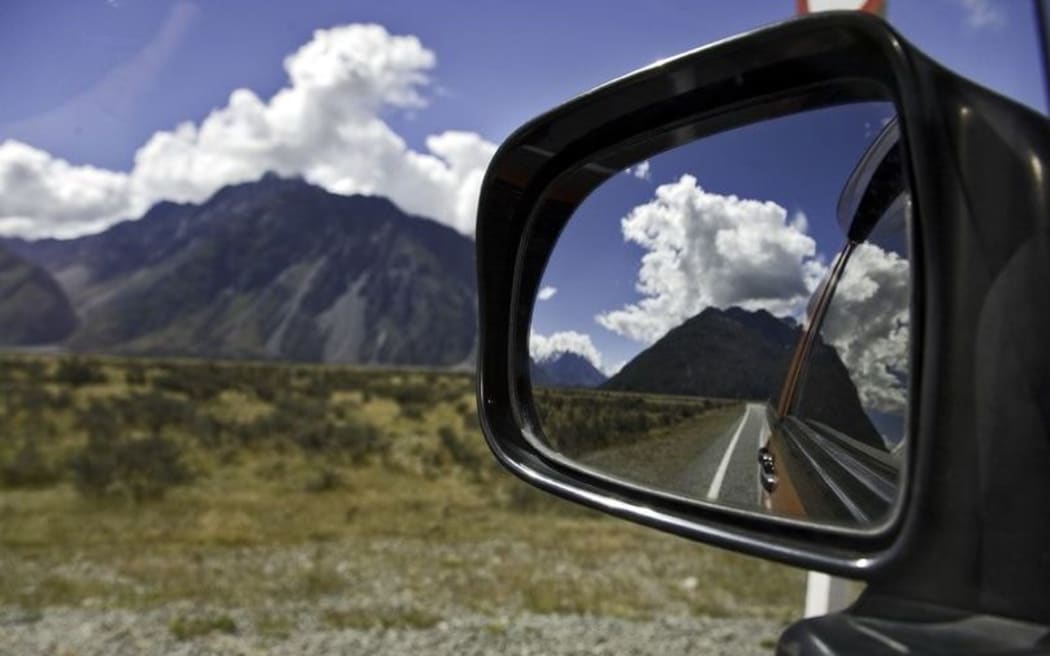
Photo: 123RF
Associate Transport Minister, Craig Foss, yesterday announced the plans to improve safety on major tourism roads in Otago, Southland, and on the West Coast.
The steps included 50 kilometres of centre-line rumble strips, another 140 kilometres of no passing lines, and 200 kilometres of highway marked with "keep left" arrows.
The plans would improve safety for all drivers, including the growing number of overseas visitors exploring New Zealand by car, Mr Foss said.
The Transport Agency's southern regional director Jim Harland said is the first time rumble strips have been used in the South Island.
Mr Harland said the strips are to be used on State Highway 6 and State Highway 94 between Kingston and Te Anau where they were expected to have the most impact.
"The reason they're effective is they give you another tactile base, an audio [reminder] and vibration in the steering wheel so if you move from left to right you will get another reminder to keep left."
He said the rumble strips were preferable to steel wire barriers, which prevented vehicles from turning and are more expensive.
No simple solution
But Automobile Association motoring policy manager Simon Douglas said there was no simple solution.
He said the measures were a great first step, but there was more that could be done including installing wire median barriers.
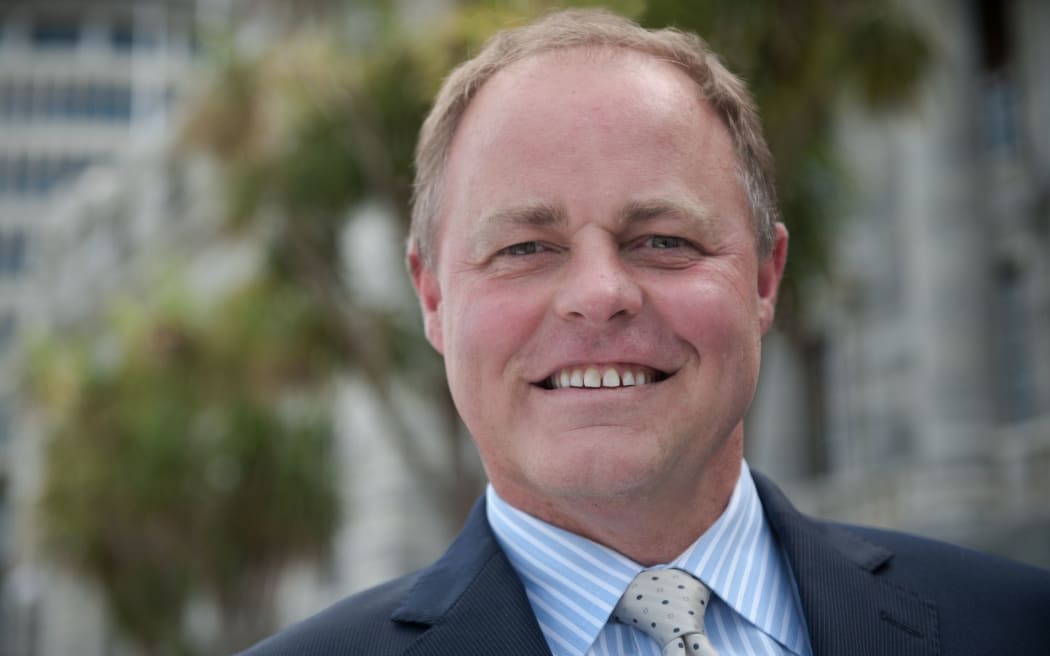
Craig Foss. Photo: NATIONAL PARTY
"There is nothing like a median wire rope barrier, a physical barrier, to stop cars crossing lanes and having head on collisions.
"We are strong advocates for median wire rope barriers, and we would say where there are roads that can accommodate that infrastructure and where there's a high risk of cars crossing the centre line, median rope wires should be looked at."
Editor of car review website the Dog and Lemon Clive Matthew-Wilson said the Ministry's efforts were token gestures.
"They're doing nothing to remove gravel from the sides of the road. They're doing nothing to stop someone from arriving from a 28-hour flight, renting a vehicle, and running into a lamp post, and above all else they're doing nothing to filter out the drivers who don't have the skills, or the alertness to be driving on New Zealand's roads," he said.
President of the Rental Vehicle Association Ian Berrington said the moves were a positive step, but there was more to safety than just infrastructure.
There needed to be an emphasis on education, he said.
"The Rental Vehicle Association and the industry are developing tools that will assist visiting drivers in teaching what may be different about New Zealand road conditions compared to what they're used to overseas, and I think the important thing is to get that information and those tools out to them when they're planning a trip to New Zealand." Mr Berrington said.
Mr Foss said the improvements on state highways in Otago and Southland will be fast-tracked for completion by 1 July, with further work to take place on the West Coast later.
Mayor calls for more spending
The mayor of the Waitaki District says the Transport Agency needs to include the McKenzie country in changes to prevent tourist crashes.
The McKenzie country has the second-highest rate of tourist crashes, and mayor Gary Kircher said the Transport Agency needs put resources there as well.
Mr Kircher said the local council would also contribute.
"We want to make sure that we get included in it because our tourism numbers are rising very, very strongly, but also our own local roads, we need to be doing more about what we have on those as a local council."
Mr Kircher said tourists must also be better educated about driving in New Zealand. The Transport Agency agreed McKenzie country is a problem for tourist crashes and it said the area will be looked at next.
